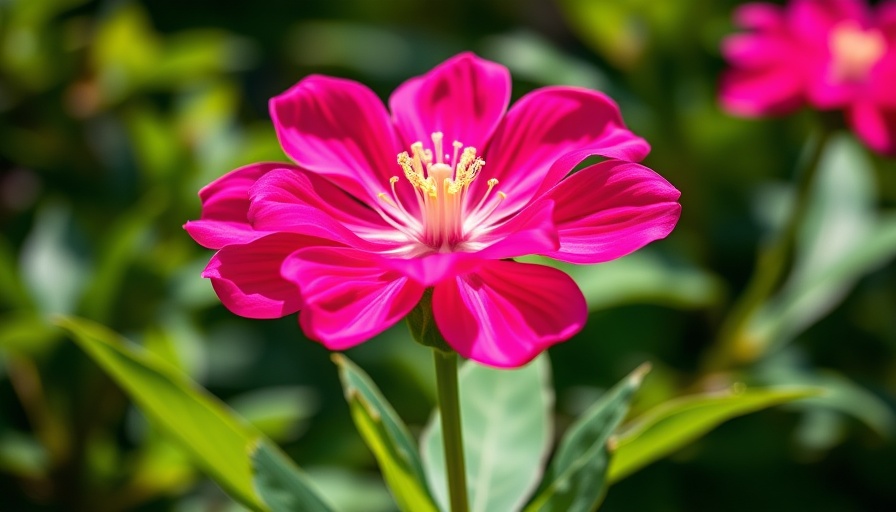
Understanding Why Your Bee Balm Isn't Blooming
If summer has rolled in and your bee balm plants aren't blooming as expected, you might be feeling frustrated. Bee balm (Monarda spp.) is a beloved perennial known for its stunning flowers that come in vibrant shades of red, purple, and white. However, various factors can prevent these flowers from appearing. So, let's explore the most common reasons behind this issue and how you can fix them.
The Importance of Climate
Climate plays a pivotal role in the health and flowering of your bee balm. Different species thrive in varying USDA Hardiness Zones, so it’s crucial to ensure that the variety you are cultivating matches your local climate. For example, M. didyma flourishes in zones 4-10, while M. clinopodia prefers zones 4-8. If your plant strains to grow under unsuitable climatic conditions, it may produce few, if any, flowers.
Optimal Sunlight for Successful Blooming
Bee balm needs ample sunlight but also protection from scorching heat. Insufficient sunlight can contribute to blooming issues. Aim to place your plants in a spot that receives at least 6 hours of direct sun daily, while still allowing for some afternoon shade to prevent wilting. Finding that perfect balance is essential for yielding those coveted blossoms.
Soil Health: The Foundation of Blooming Success
Healthy soil is fundamental for your plants’ growth. Nutrient deficiencies or poor soil health can inhibit bloom production. Conduct a soil test to determine pH and nutrient levels, and amend the soil with organic matter or compost as needed. Remember, well-draining, fertile soil leads to robust plants ready to flower.
Watering Wisdom: Finding a Balance
Watering practices significantly affect flowering. Bee balm prefers consistently moist, but not soggy, soil. Over-watering or under-watering can stress the plants, leading to reduced blooms. Make a habit of checking the soil moisture regularly and adjust your watering schedule accordingly, keeping in mind local weather conditions.
Managing Pests and Disease: The Silent Killers
Sometimes, unseen invaders may be the culprits of your bee balm’s ill fate. Pests like aphids and diseases such as powdery mildew can sap the energy from your plants, preventing blooming. Regularly inspect your plants for any signs of distress. Employ organic solutions like neem oil or insecticidal soap, and ensure good air circulation around your plants to help reduce disease risks.
Dealing with Overcrowding and Plant Age
Age and overcrowding can lead to diminished flowering. If your bee balm plants have outgrown their space, consider dividing them every few years to promote healthy root systems. This not only allows for better air circulation but also encourages flowering as the plants have more space to thrive.
Maximizing Your Bee Balm’s Blooming Potential
To give your bee balm the best chances of blooming, focus on these key elements: choose the right species for your climate, ensure they are planted in optimal sunlight and healthy soil, water appropriately, and monitor for pests or overcrowding. With the right care, your garden can soon be adorned with the vibrant flowers of bee balm.
Gardening is a journey, and with these tips under your belt, you’re sure to cultivate a thriving bee balm display this season!
 Add Row
Add Row  Add
Add 




Write A Comment